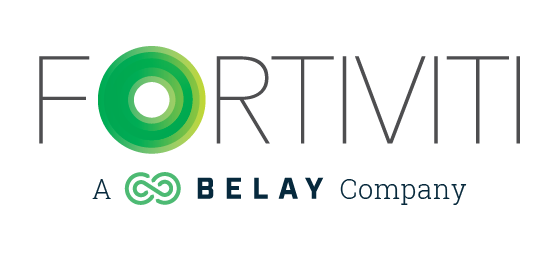
For many small business owners, selling accounts receivable may be one of the only methods to financing. The qualification criteria is much less stringent than traditional bank financing and factoring companies typically don’t care about the length of time a business has been operating. Selling accounts receivable, also known as accounts receivable financing or accounts receivable factoring has been around for centuries.
How it works:
When you invoice a customer, you will submit the invoice to the factoring company, and your factoring company will fund you a portion of the invoice (typically 90 percent). For example, if you invoice your client $10,000 with net 30 day payment terms, you can submit this to your factoring company, who will fund you $9,000 the day after invoicing. The factoring company holds the other 10% ($1,000) to cover their fee (and some reserve for bad debt should you have clients that do not pay). This allows you to receive a majority of your money immediately versus having to wait until your client chooses to pay.
Once your client pays their invoice (directly to the factoring company), the factoring company will calculate your fee, which is based upon the number of days outstanding, and will then fund you the remaining due on the invoice. So, let’s say your fee is 1% for every 15 days and your client pays on day 31. You will be charged $300 for your $10,000 invoice. The factoring company will withhold the $300, and then fund you the remaining $700 due on your invoice (assuming the example above).
Benefits of AR Factoring:
– AR factoring is easier to obtain. Typically, if you are a business with decent AR levels, you can get approved quickly and easily.
– Improved cash flow. You get immediate payment and no longer have to wonder when money will be coming in.
– Greater AR management. While it is still important for you to care about your AR and when your clients are paying (the quicker they pay, the less you pay in fees), your factoring company will be managing your AR for you. They want to get paid as quickly as possible as well, so they are doing routine follow up, that you or your team may fail to do on a regular basis.
– You typically get pretty good reporting of your AR, which may be lacking internally, depending on how you are managing your AR process.
Downsides to AR factoring:
– Because your clients are required to pay directly to the factoring company, even if you choose not to sell an invoice, your AR may be required to go through the factoring company (this may not be the case if you have an agreement to only include certain clients or types of clients). If all of your money has to go through the factoring company, then you are waiting at least one to two days longer to receive your funds, because instead of coming to you directly, or directly to your bank account, you’re waiting for the factoring company to get the funds and then transfer to your account. Or, possibly waiting for you to request funds to be transferred.
– This is a costly form of financing. While 1% per 15 days may not seem significant and $300 does not seem like a lot, it is basically the equivalent of a 36% interest rate. You basically paid $300 to finance $10,000 for one month. Annualize that and you would have paid $3,600. $3,600 to finance $10,000. If instead, you were using a line of credit with a 10% interest rate, for example, you would have paid $83 to finance the same $10,000 for one month (and you would have received the full $10,000 up front).
Considerations:
If you are looking at pursuing AR factoring for financing your business, consider the following:
– Some factoring companies will charge an administrative fee on top of their financing fee. If such fee is also 1%, then even if a client were to pay within 10 days, you would pay $200 – $100 for the administrative fee and $100 for the financing fee. Be sure you understand all of the fees that you are signing up for.
– In addition to financing fees and administration fees, some companies charge transfer fees, rush fees, wire transfer fees or other administrative fees. These are usually flat amounts on a per transaction basis. Make sure you understand all of the fees involved.
– Understand what the requirements are for requesting funding. Make sure that you know if your factoring company will send funds whenever they become available or if you have to ask for funds. This will help you determine how much you will need to manage the process.
– In most cases the rates are negotiable. Negotiate!
– If the factoring company requires a reserve, make sure you understand what that reserve is. As each invoice is factored, a percentage will be withheld for that invoice’s reserve. However, the company may also require an overall reserve that is a certain portion of your average outstanding AR. This may be pulled from your initial financing or it may be pulled over time. Be sure you understand how much the reserve is and at what point you are allowed to pull this fee back.
– Not all factoring companies are equal. Perform your due diligence, get references, and make sure the company you choose understands your company’s goals.
Posted in Small Business Resources

